Tokyo
13 Economy/Culture/Religion
罗叶(LUO YE)
Shinto
In Japan, Shinto is the native belief system that predates historical records. Sacred scriptures and founders do not exist in Shinto. Shinto is also not a religion of propaganda or preaching, as it is deeply rooted in Japanese culture and tradition. The word Shinto means the way of the gods which most Japanese take to heart. As part of its art, Shinto differs from other religions in several ways, from shrines to architecture to traditional arts like theater, writing, and calligraphy, the famous kagura dance, and court music (gagaku), a dance form that originated in Tang Dynasty China.
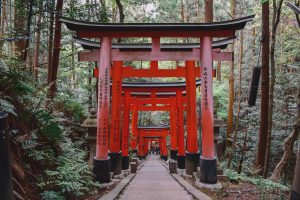
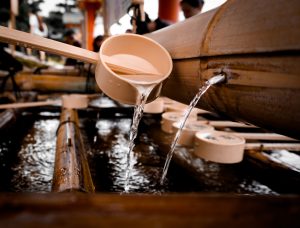
The introduction of Buddhism to Japan triggered an internal conflict, but subsequently, The two religions coexisted and even complimented each other, considering Buddha as one of the gods. Shinto became the official religion of Japan during the Meiji era. It was a common practice to invoke Japanese creation myths to construct a national identity, to appoint Shinto priests to positions of political authority, and to separate Shinto from Buddhism. After World War II, Shinto and the country were split apart. Japanese people still practice Shinto today, going to shrines and praying at home altars. Talismans are offered at shrines for a variety of purposes, including protection from traffic, good health, commercial success, and safe delivery of babies.
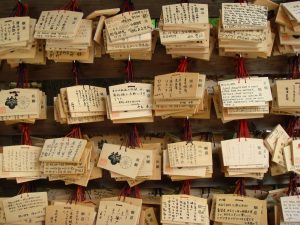
Matsuri/parade
Mastsuri as the Japanese call it is just a parade that the Japanese do to celebrate the gods of shinto An integral part of Japanese festivities are parades, in which the kami (Shinto god) of the nearby shrine rides in a mikoshi (palanquin) around the town. In addition to elaborately adorned floats, many festivals feature musicians who play drums and flutes while riding the floats as they parade around the town. Events each have their own unique characteristics. Fireworks / Hanabi (flower – fire) are a traditional Japanese tradition celebrated all over the country between July and August.
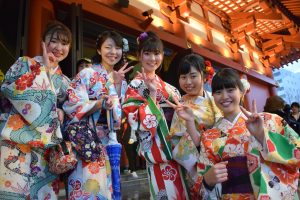
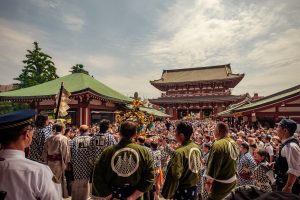
Hanami/Flower seeing
Traditionally, hanami has been practiced since ancient Japanese times. Historically, the tradition goes back to Nara (710-794). It is believed that flower watching originated in the Chinese Tang Dynasty. Poetry, philosophy, and literature have been influenced by hanami in many ways. Due to the speed at which the flower died, the uniqueness of the sakura became apparent pretty quickly. A tradition of viewing sakura has been established ever since.
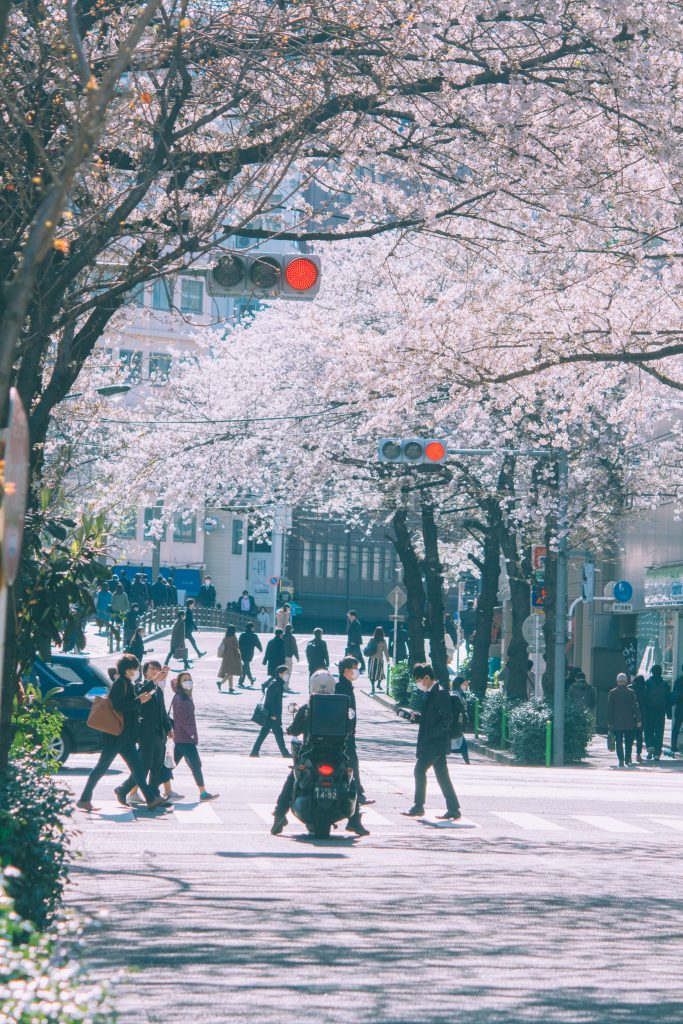
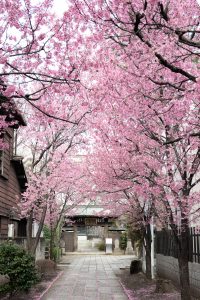
Anime
Almost everyone knows anime. It has its roots in Japan. It is loved and watched all around the world. It has also gained and inspired industries like China to create their own version of anime. However Anime is simply Japanese animation. There is nothing special about it. The only difference is the art style it was created in. Osamu Tezuka, one of Japan’s most well-known anime creators, launched the type of animation that the majority of people are familiar with in the 1960s, paving the way for anime we know today. It’s often believed that anime first appeared in the early 20th century. Anime is so prevalent in Japan that there are monuments, other landmarks, and sites devoted to the anime culture and its artists. For instance, the area of Akihabara, which is close to the center of Tokyo, has a lot of businesses and places to go that are associated with anime. The Akihabara streets are filled with specialty goods, manga, video games, and souvenirs.

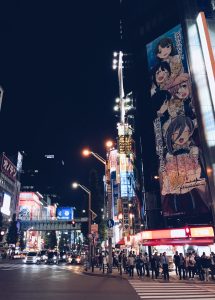
Cartwright, Mark. “Shinto.” World History Encyclopedia, Https://Www.worldhistory.org#Organization, 3 Dec. 2022, www.worldhistory.org/Shinto/.
Hammer, Elizabeth. “Shinto.” Asia Society, asiasociety.org/education/shinto.
Kosasih, Vanessa. “Japanese Anime Culture – Tokyotreat Blog.” TokyoTreat, 4 Mar. 2019, tokyotreat.com/blog/japanese-anime-culture.
“Learn.” Japan Travel Planning, www.japan-guide.com/planning/learn.html.
Mischke, Chiara. “Fireworks in Japan – Hanabi Festivals, Tips, and History: Matcha – Japan Travel Web Magazine.” MATCHA, MATCHA, 23 May 2018, matcha-jp.com/en/6129.
Sachiko, Hamano. “Cherry Blossom Viewing in Japan (花見 はなみ)|Nic-Japanese Language School.” NIC, 4 Apr. 2022, nicjapanese.com/column/cherry-blossom-viewing/.
Media Attributions
- dave-weatherall-akJtxwZPB84-unsplash © Dave Weatherall
- gio-almonte-Qnf_JasnPoM-unsplash © Gio Almonte
- lily-tsutsumida-SjeBDb6cTtc-unsplash © Lily Tsutsumida
- sofia-monteiro-txgiC79ryVM-unsplash © Sofia Monterio
- julie-fader-wVu3npylZpQ-unsplash © Julie Fader
- atul-vinayak-q2grgJ-KT9Q-unsplash © Atul Vinayak
- lika-watanabe-8ON2dnEpWmg-unsplash © Lika Watanabe
- bruce-tang-nKO_1QyFh9o-unsplash © Bruce Tang
- gwen-king-3OdajQGd9sk-unsplash © Gwen King

